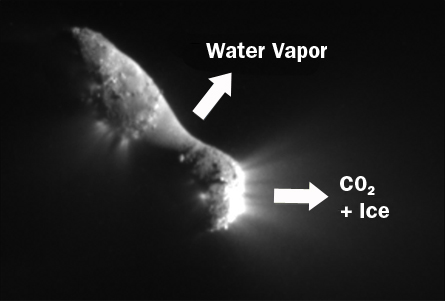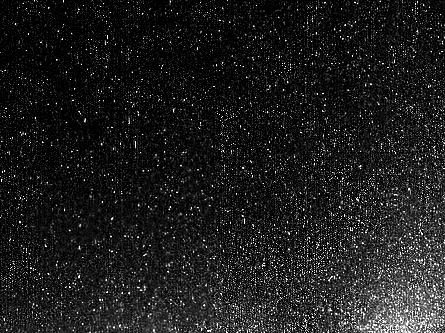When NASA’s EPOXI spacecraft whizzed past Comet Hartley 2 on November 4 (SN Online: 11/4/10), it passed through a storm of fluffy ice bodies at least as large as golf balls, researchers reported at a November 18 press briefing. “This whole thing looks like a snow globe that you’ve shaken,” said EPOXI scientist Peter Schultz of Brown University in Providence, R.I.


Pictures from the craft’s high-resolution camera, which took extra time for scientists to process because the instrument was out of focus, show for the first time chunks of ice ejected from a comet by jets of carbon dioxide, said EPOXI principal scientist Michael A’Hearn of the University of Maryland in College Park.
“We were astounded,” he said, because in 2005, when the same spacecraft hurled a projectile into Comet Tempel 1, it kicked up only tiny, micrometer-sized ice grains — not large chunks.
Hartley 2 is the first observed comet whose activity is powered by the sublimation of dry ice as it nears the sun, creating jets of carbon dioxide gas that drag out particles of water-ice and dust along with it. (Other comets have been shown to be powered by jets of water vapor.) Though the individual ice particles are very thin, measuring only a few micrometers across, they clump together to form the much larger, fluffy chunks.
The carbon dioxide jets emanate from the rough ends of the peanut-shaped comet, while the smooth midsection vents water vapor. One possible explanation for the difference is that a layer of dust has settled in the midsection, preventing any carbon dioxide that resides there from escaping, said EPOXI scientist Jessica Sunshine, who is also at the University of Maryland.
EPOXI came within 700 kilometers of the comet during its flyby. The craft will continue to take more remote images of Hartley 2 about once every two minutes until around Thanksgiving.







